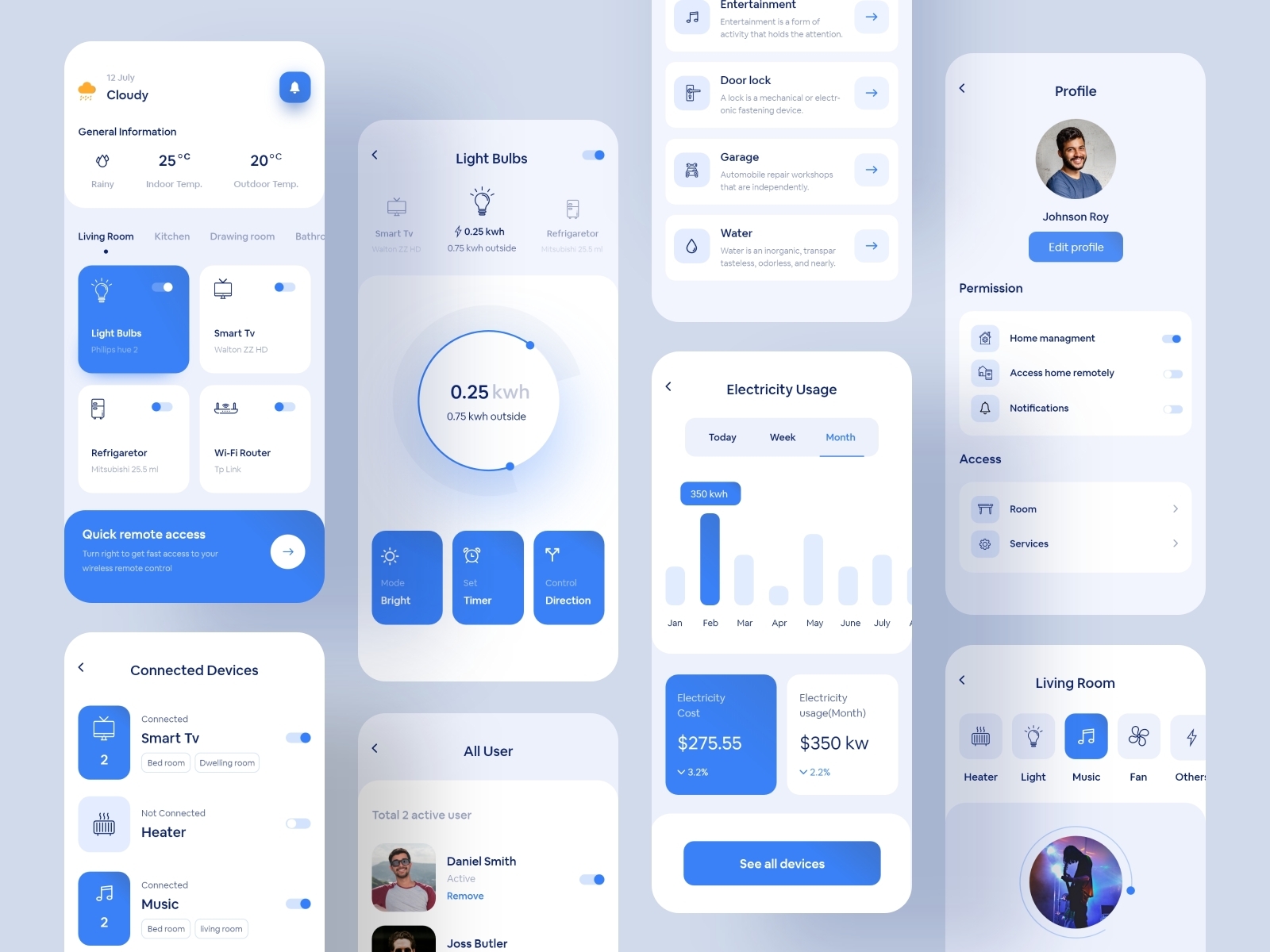Table Of Content
- Use Functional Animation To Clarify Navigational Transitions
- What Is Mobile App Design
- What are the benefits of a well-designed mobile app UI?
- mobile app development challenges for the enterprise
- Tip 2. Combine Existing Ideas
- Understand User Goals and Pain Points
- MVP Development
- #1. Research and understand your users

Microinteractions are discrete animations or interactions that give feedback and improve the user experience. A unique design makes your app stand out from the competitors in the congested app industry. Users are likelier to choose an app that delivers a visually appealing and user-friendly experience than a generic or poorly designed alternative. By developing a unique and visually appealing interface, you can draw them in and keep them around. The app’s layout, colors, typography, and visual components are all considered part of the UI design. It tries to develop a visually appealing interface that matches the app’s target market and brand identity.
Use Functional Animation To Clarify Navigational Transitions
When your app gets some hype, you can take it to the next level by raising funding and starting the rigorous hiring process. Most of the carefully planned, designed, and implemented apps never become successful. Depending on how good a job you did in the planning phase, this step should be easy to get started with. To submit your app to other app marketplaces, you need to follow a similar procedure. You can just make the suggested fixes, and resubmit the app.
What Is Mobile App Design
Now take that information and sketch out an outline of your project scope. Did you know the average person in the US spends approximately 5 hours glued to their smart devices? Whether it’s messaging, posting photographs or gaming—the current digital age we live in has people constantly using apps.
What are the benefits of a well-designed mobile app UI?
An app developer needs to look at your wireframe and assess the technical challenges—not just the visual ones. These are the inner workings behind the scenes of your app that nobody sees. Sometimes, it makes sense to logistically change things around because it will save you lots of time and money. Creating an app this way might be simple, but it’s not very flexible or customizable.
If your app doesn’t provide feedback, the user will wonder if it has frozen or if they missed the target. The feedback could be visual (highlighting a tapped button) or tactile (a device vibration on input). According to ScientiaMobile, 94% of users use their mobile device in portrait mode. If your app provides video content, it should be optimized to allow users to watch it in portrait mode. Load just enough content to fill the screen when a page opens. Content available on scroll should continue to load in the background.
Tip 2. Combine Existing Ideas
A technology roadmap is a strategy document that IT commonly uses to manage the introduction of new tools. For example, if an organization has built a back-end cloud application for analytics, admins might create a technology roadmap to communicate adoption plans to their IT team. Access via a mobile app can be part of that roadmap, including the app features that will be rolled out to users.

This no-code software lets you build your own apps for free without writing a single line of code. This is perfect for those of you who don’t want to learn a new programming language and want to play around with the custom editor. These are elements of mobile app development that you’re always going to be dealing with.

This will help create a smooth and effortless experience as users navigate through your app. Rather, use animation to deliver feedback to users when they tap a button or switch screens. This way, users will understand what's happening without being overwhelmed by too many visuals. Alright, now that you grasp how vital app design is, let's go more in-depth into guaranteeing your design meets your users' needs and expectations. Without feedback, users are left in the dark, wondering if their actions were processed.
Mobile-First Ecommerce: Navigating the New Norm - CMSWire
Mobile-First Ecommerce: Navigating the New Norm.
Posted: Thu, 30 Nov 2023 08:00:00 GMT [source]
#1. Research and understand your users
Making users feel like they have a friend in your app can help boost user loyalty and create a fantastic experience. Designing a mobile app that appears fast and responsive is key to user satisfaction. Don't ask for too much information from users during the onboarding process.
There will just be subtle variations in the design depending on the screen size, OS, and device manufacturer. You need to understand how different screen sizes and device types impact the way your app looks on the screen. They should complement each other well and look visually appealing on the screen together.
Most app makers provide a visual drag and drop editor in their UI allowing users to preview their app as they build it, in real time. This is the ideal option to save time and money while achieving a quality app. With powerful collaboration features, you will be able to design and edit in real time with the rest of your team. Freelancers can quickly mockup ideas while on a call with potential clients and capture requirements with ease.
Animation continues to reign supreme among top mobile app design trends. From subtle micro-interactions to eye-catching illustrations, animation adds a touch of vitality and charm to any app. You can transform static typography, inject whimsy into your sideboards, or streamline navigation for a more enjoyable user experience.

No comments:
Post a Comment